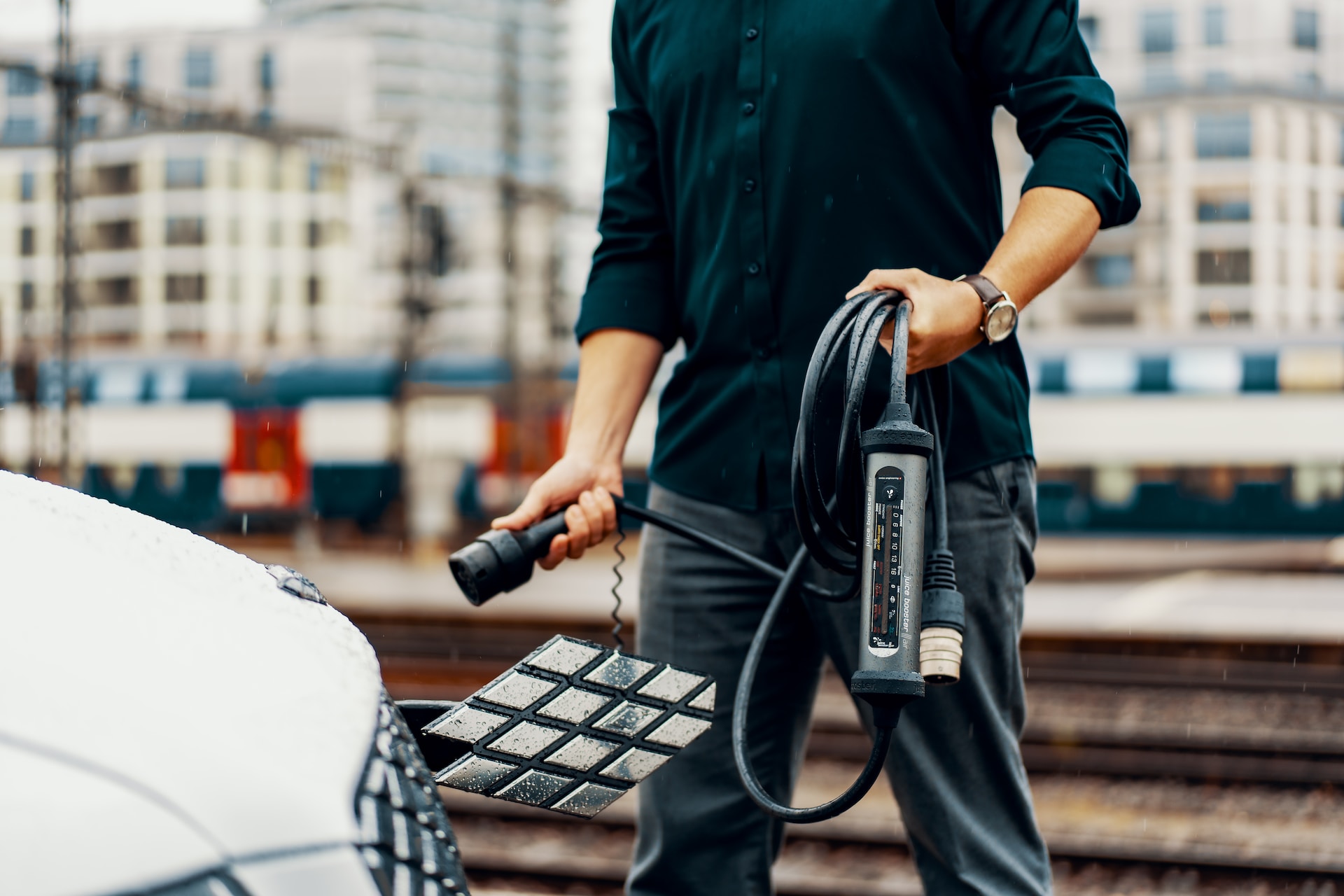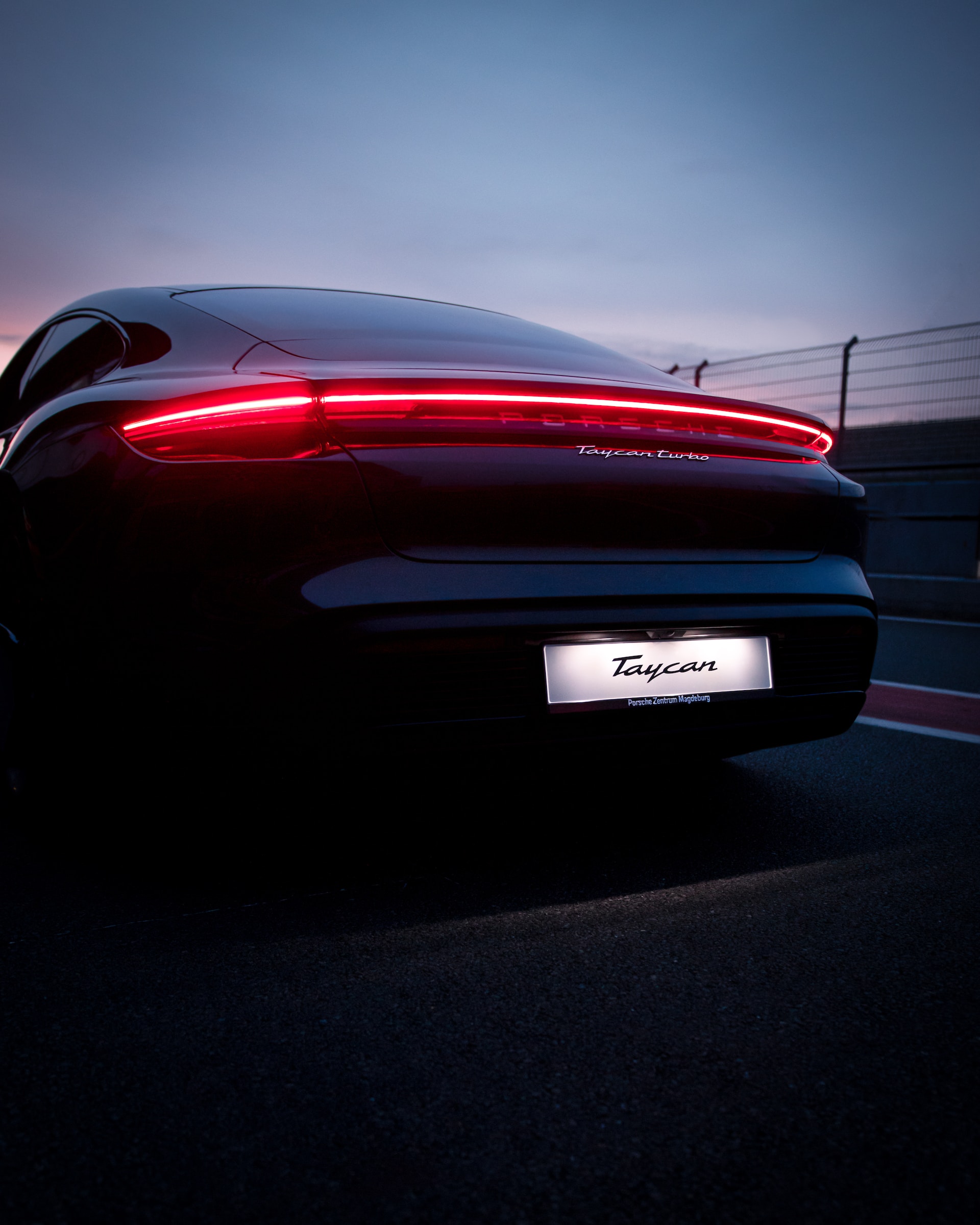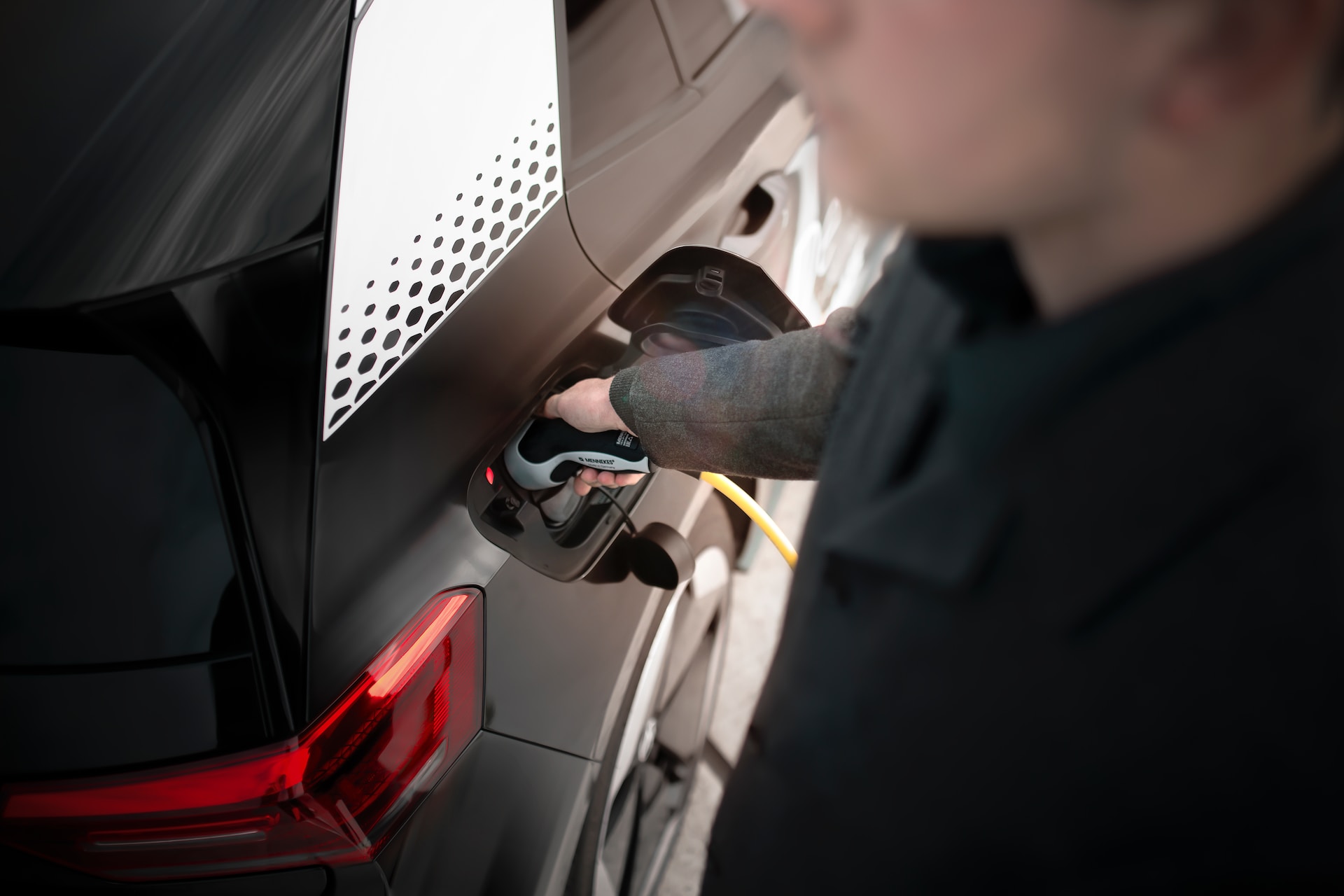When it comes to acquiring a vehicle, you typically have two main options: leasing or buying. Both options have their advantages and disadvantages, and the best choice for you depends on your financial situation, driving habits, and personal preferences. This article explores the differences between leasing and buying a vehicle, providing a detailed analysis of each option to help you make an informed decision.
Understanding Leasing and Buying

What is Leasing?
Leasing a vehicle involves entering into a contract where you pay for the use of the vehicle over a specified period, typically 2-4 years. At the end of the lease term, you return the vehicle to the dealership and can choose to lease a new vehicle or walk away. Leasing is often compared to renting, as you are essentially paying for the vehicle’s depreciation during the lease term rather than purchasing it outright.
What is Buying?
Buying a vehicle involves purchasing it outright or financing it through a loan. When you buy a car, either with a lump sum payment or through monthly installments, you own the vehicle once the loan is paid off. Ownership means you can keep the car for as long as you want, modify it, and drive it without mileage restrictions.
Pros and Cons of Leasing
Advantages of Leasing
- Lower Monthly Payments: Lease payments are generally lower than loan payments for purchasing a vehicle. This can make it easier to afford a higher-end model or additional features.
- New Vehicle Every Few Years: Leasing allows you to drive a new car every few years without the hassle of selling or trading in an old vehicle.
- Lower Maintenance Costs: Leased vehicles are usually under warranty for the duration of the lease, which can reduce maintenance and repair costs.
Disadvantages of Leasing
- Mileage Limits: Most leases have mileage limits, and exceeding these limits can result in significant additional charges.
- No Ownership: At the end of the lease, you have to return the vehicle and cannot build equity in it.
- Customization Restrictions: Leased vehicles typically cannot be modified or customized.
Pros and Cons of Buying
Advantages of Buying
- Ownership: Once you pay off the loan or make a lump sum payment, you own the vehicle outright. This means you can keep it as long as you want.
- No Mileage Limits: When you own a vehicle, there are no restrictions on how many miles you can drive.
- Customization: Owners can modify their vehicles to suit their personal tastes and needs.
Disadvantages of Buying
- Higher Monthly Payments: Loan payments or the upfront cost of buying a vehicle are generally higher than lease payments.
- Depreciation: Vehicles lose value over time, and you bear the cost of depreciation if you own the car.
- Long-Term Maintenance Costs: As a vehicle ages, maintenance and repair costs can increase, particularly once the warranty expires.
Financial Comparison
To determine which option is financially better, consider the following factors: monthly payments, total cost over time, and long-term financial impact.
Leasing vs. Buying: Cost Analysis Table
| Factor | Leasing | Buying |
|---|---|---|
| Monthly Payments | Typically lower | Generally higher |
| Down Payment | Often lower or none | Usually higher |
| Mileage Limit | Often restricted | No restrictions |
| End of Term | Return vehicle, no equity | Keep vehicle, build equity |
| Customization | Limited | Unlimited |
| Maintenance Costs | Lower (warranty covered) | Higher (post-warranty) |
| Depreciation | Not a concern (return vehicle) | Significant (ownership) |
| Flexibility | Less flexibility in terms of ownership | More flexibility |
Comparative Analysis
Financial Impact Over Time
When comparing leasing and buying, it’s essential to consider the long-term financial implications. Leasing might appear more affordable initially due to lower monthly payments, but over several leasing cycles, the costs can add up. In contrast, while buying a vehicle has higher monthly payments, once the vehicle is paid off, you no longer have monthly payments and can drive the vehicle for many years without additional payments.
Ownership and Equity
Buying a vehicle provides the benefit of ownership, meaning you can build equity over time. Once the loan is paid off, you have a valuable asset that can be sold or traded in. Leasing, however, does not provide any ownership, and you are essentially paying for the depreciation of the vehicle during the lease term.
Flexibility and Usage
Leasing may offer less flexibility in terms of usage and customization, as most leases come with mileage limits and restrictions on modifications. Buying, on the other hand, allows for unlimited mileage and the freedom to customize the vehicle as desired.
Maintenance Costs
Leased vehicles are usually covered by a manufacturer’s warranty, which can significantly reduce maintenance and repair costs. However, when you own a vehicle, you are responsible for maintenance and repairs, which can increase as the vehicle ages.
Conclusion
Deciding whether to lease or buy a vehicle depends on various factors, including your financial situation, driving habits, and personal preferences. Leasing can be a good option if you prefer lower monthly payments, driving a new car every few years, and reduced maintenance costs. Buying may be the better choice if you want ownership, no mileage restrictions, and the ability to customize your vehicle.
To make the best decision, consider your financial goals, how long you plan to keep the vehicle, and how much you drive. Analyzing your personal needs and comparing the costs and benefits of each option will help you choose the best financial strategy for acquiring your next vehicle.











